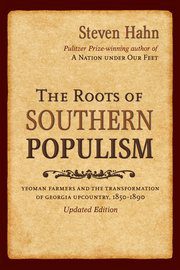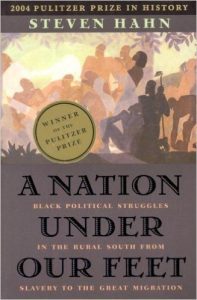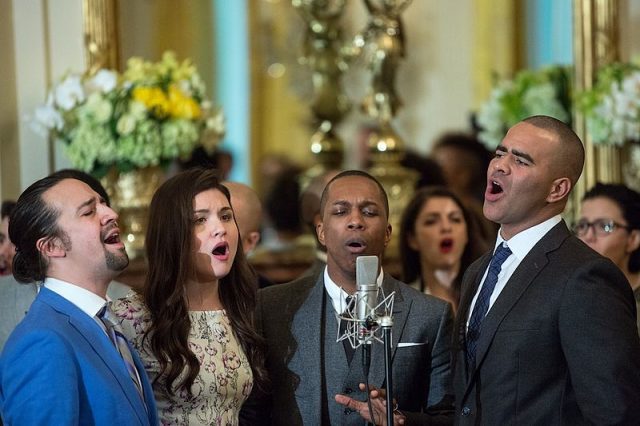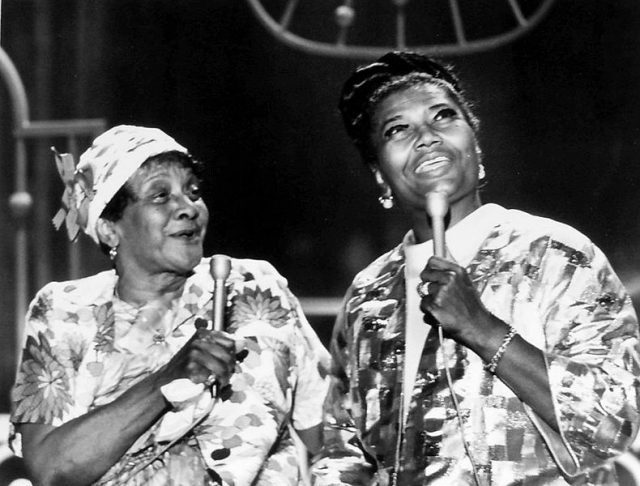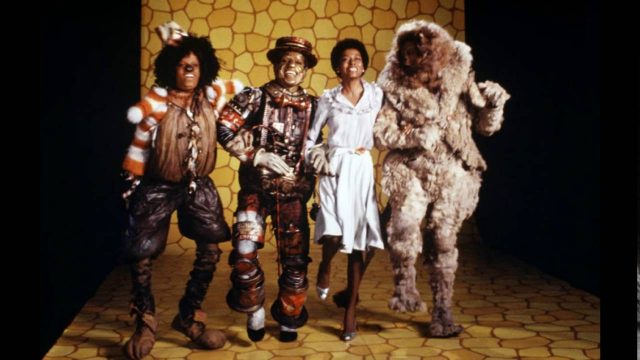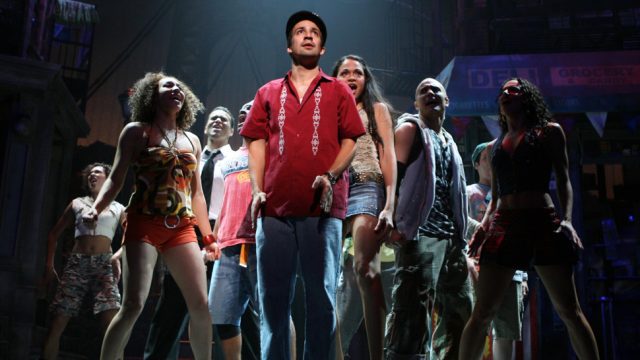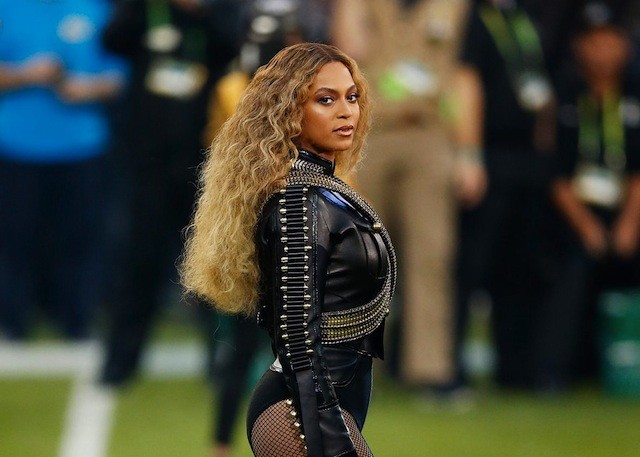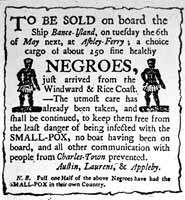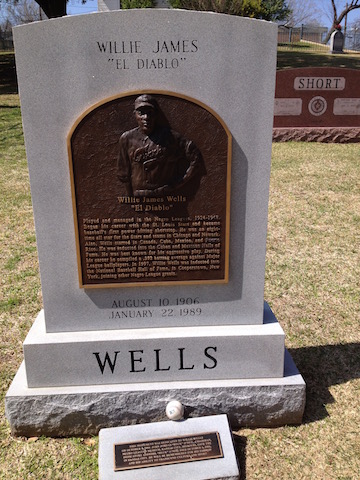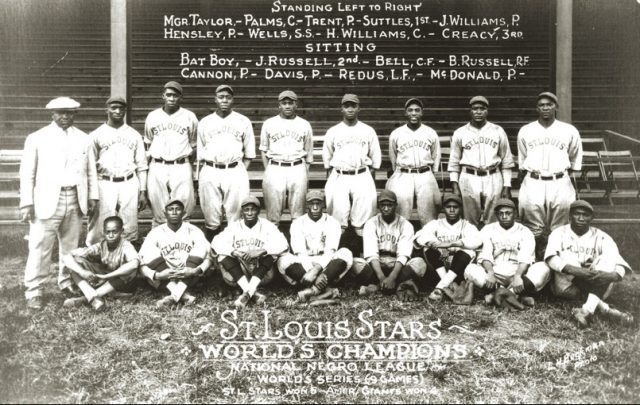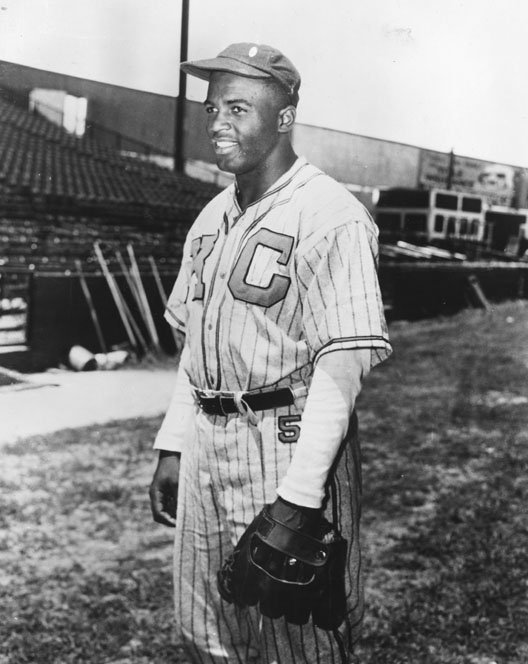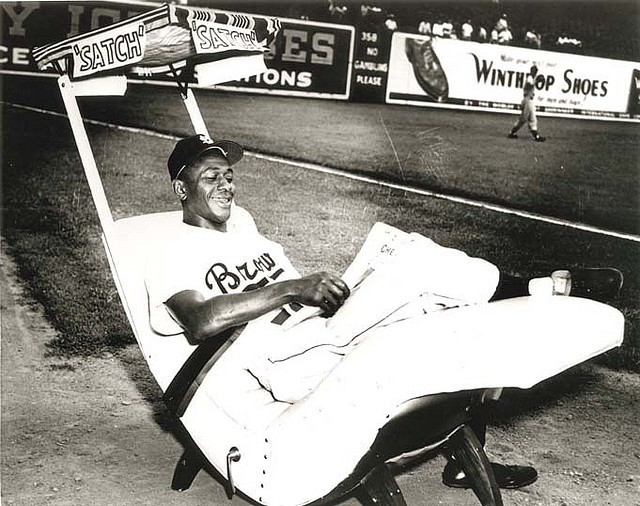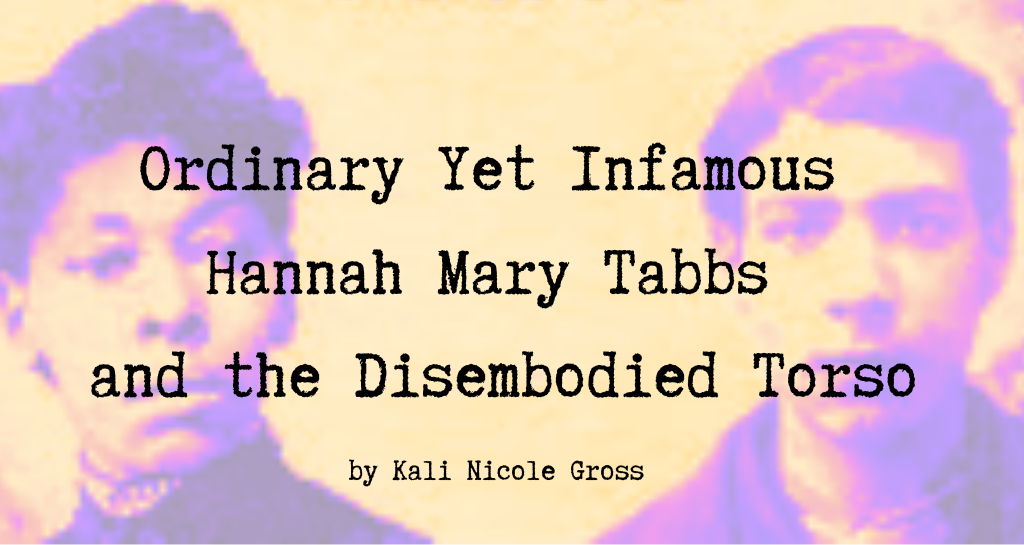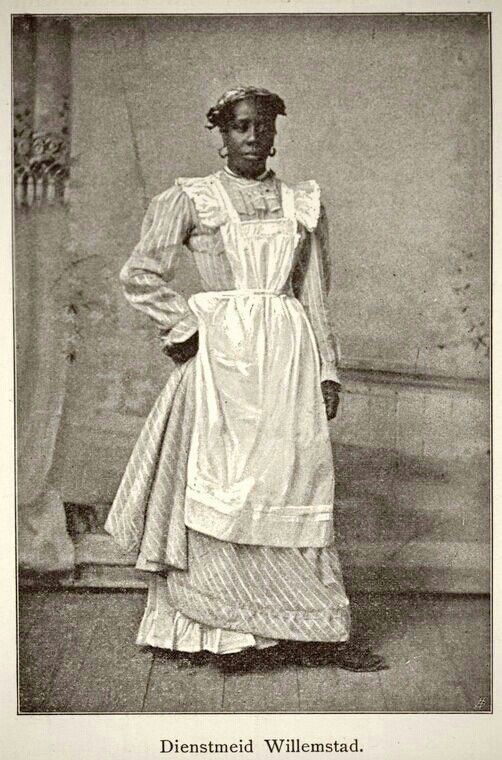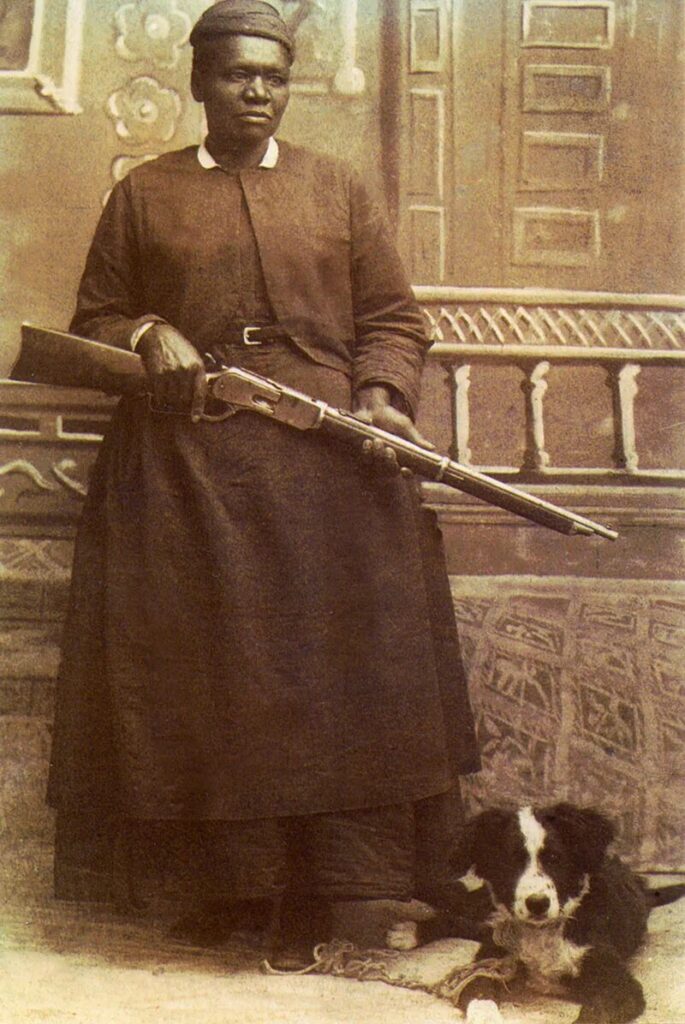 Prior to the publication of “The Case for Reparations” in 2013, Ta-Nehisi Coates was a little-known blogger turned Senior Editor of The Atlantic magazine. Today, Coates has emerged as not only the top contemporary black intellectual, but a leading American thinker – regardless of race – with stinging critiques of President Barack Obama’s administration and American racism. Coates’ We Were Eight Years in Power: An American Tragedy traces the evolution of his writing career as it coincides with the eight years of the first black presidency, detailing Coates’ personal life as he completed each assignment, his relationship with Obama, and the public reaction to his essays. Coates chooses an article for each year of Obama’s presidency to describe the disparate moods of Americans towards racism, each essay blending testimonies and historical research. Coates provides a brief introduction to each article, all of which are published by The Atlantic, to describe the financial struggles he and his family faced while establishing himself as a writer, the inspiration and reasoning behind his subject choice, and his post-publication thoughts on each essay.
Prior to the publication of “The Case for Reparations” in 2013, Ta-Nehisi Coates was a little-known blogger turned Senior Editor of The Atlantic magazine. Today, Coates has emerged as not only the top contemporary black intellectual, but a leading American thinker – regardless of race – with stinging critiques of President Barack Obama’s administration and American racism. Coates’ We Were Eight Years in Power: An American Tragedy traces the evolution of his writing career as it coincides with the eight years of the first black presidency, detailing Coates’ personal life as he completed each assignment, his relationship with Obama, and the public reaction to his essays. Coates chooses an article for each year of Obama’s presidency to describe the disparate moods of Americans towards racism, each essay blending testimonies and historical research. Coates provides a brief introduction to each article, all of which are published by The Atlantic, to describe the financial struggles he and his family faced while establishing himself as a writer, the inspiration and reasoning behind his subject choice, and his post-publication thoughts on each essay.
As Coates became a best-selling author with the publication of Between the World and Me, more attention was placed on his journalistic work. According to the author, these articles are joined here in an effort to provide a fresh take on the previous eight years to describe the historical and contemporary ideas of Black America, from within and without: the black conservatism of Bill Cosby; the nuances of black identity represented by Michelle Obama; the Civil War in the collective black memory and historical imagination; the uses and misuses of Malcolm X’s legacy; the limitations of a black presidency due to “white innocence”; the stifling of black wealth through discriminatory housing policies; the destructive power of negative stereotypes of black families and its relationship to mass incarceration; and Obama’s reflection on his eight years in office. Coates’ concluding epilogue, “The First White President,” describes how the “bloody heirloom” – or centuries of white supremacy and violence against black communities – is used to negate the first black presidency through the election of Donald Trump.
Coates seeks to push boundaries, not only to demystify notions of a post-racial society, but to contextualize America’s first black presidency within the broader scope of American racism. The author explores the complexities of Obama’s attempts to carve out a path in American politics, pitting the impact of black radicalism and the president’s rich knowledge of black history against a persona made palatable for white Americans – what Coates refers to as the “third way – a means of communicating his affection for white America without fawning over it.” The irony in Coates’ assessment is that a distinctly black man, one who refrained from common ideas of assimilation, could rise to the nation’s highest office while still facing the limitations that black Americans experience individually and collectively. While Coates makes the simplified argument that a black presidency does not equate to the end of racism, in these articles he also seeks to uncover the nuances of racial discrimination in Obama’s response to white racial sensibilities.
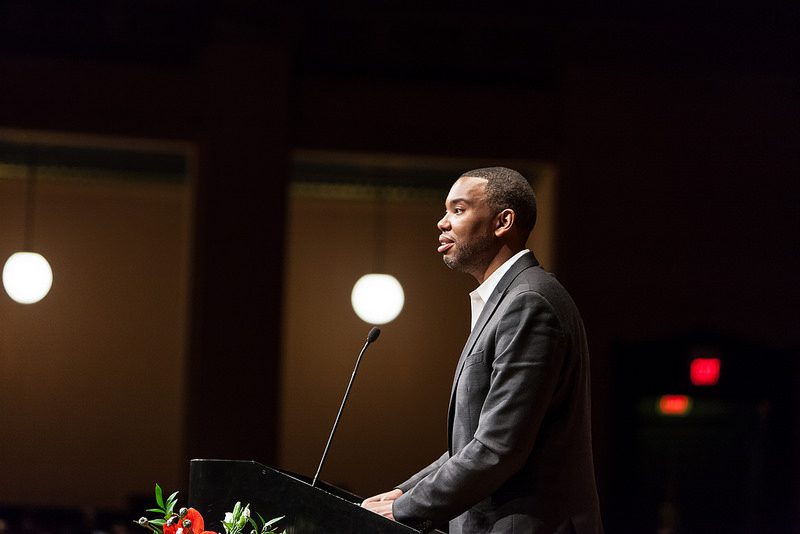
Ta-Nehisi Coates (via Flickr)
The unique writing career of Ta-Nehisi Coates has produced a leading black voice in public discourse on historical and contemporary American race relations. In a way, it is fitting for Coates to trace his writing career alongside Obama’s presidency given the remarkable similarities of a black journalist and a black politician maintaining their distinctive racial qualities when, historically, they would be rejected by white America in such fields. Coates’ platform in The Atlantic gives him for a wide, predominately white audience that most black journalists do not enjoy. Coates recognizes this fact in the introduction to his article on reparations, claiming that this particular essay “was a lesson in what serious writing married to the right platform could actually achieve.” In other words, arguments that not only surround reparations, but the systematic oppression of black Americans found in black publications that target a black readership are reduced by white audiences to unimportant racial grievances who dismiss “legitimate ideas” because they are not considered by “people of the right ‘reputation.’”
When evaluated individually, each of Coates’ articles tackles a sensitive subject involving the black community, past and present, that is often hidden or unacknowledged by white America. Placed alongside each other, Coates’ powerful illustrations capture the broad, ever-changing nature of American racism. Coates’ thoughts, however, are a departure from the black intellectual tradition, most notably due to his lack of religious faith as evidenced throughout his work. Not only does Coates identify as an atheist, but he makes no attempt to comfort his audience by offering faith or promoting values that transcend America’s history of racism and oppression. Instead, he forces his audience to confront the destructive nature of prejudice, telling the reader that no one can save us but ourselves; ultimately, it is up to us to decide the next move.
You may also like:
Slavery in America: Back in the Headlines
Muhammad Ali Helped make Black Power into a Global Brand
Stokely Carmichael: A Life
